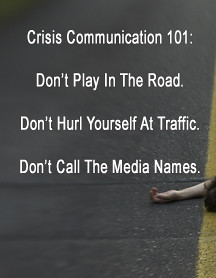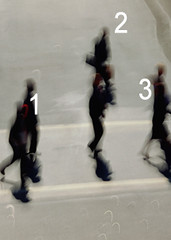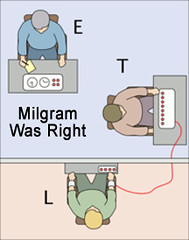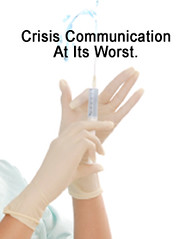
"PCA is second to nobody in its desire to know all the facts, and our team is working day and night to recall affected products and to complete its investigation." — Peanut Corporation of America
With the FBI issuing search warrants to assist the FDA in its ongoing investigation of the Peanut Corporation of America's (PCA) plant in Blakely, Ga., and corporate headquarters in Lynchburg, Va., it seems everyone wants to know the facts well ahead of "nobody."
Recently, the Associated Press reported that federal officials say the PCA knowingly shipped salmonella-laced products from its Georgia plant even after tests confirmed the contamination. Since federal law forbids producing or shipping foods that could be harmful to the public health, it also seems there will be charges.
Specifically, the FDA believes that the plant sold peanuts that tested positive for salmonella before receiving the second test and even after confirming salmonella was present. This is no longer a crisis communication case study as much as it seems to be a criminal investigation. Period.
How botched crisis communication is often indicative of cover up.
Some public relations specialists might be tempted to spin, but there is only one right answer when public safety is concerned. Tell the client or employer to come clean, immediately, with full disclosure and complete transparency. If they refuse, inform them that you are obligated to go forward without them.
We saw a similar case study unfold in the Endoscopy Center of Southern Nevada last year. The communication failed because there was only one thing to communicate — the bad practices were done, knowingly unsafe, in order to cut costs. In fact, the same might be said to Dr. Dipak Desai's attorneys. They claim Desai cannot testify after suffering two strokes. His inability to testify is still in question. Get it over with already.
While it is too early to say that the PCA operated with an equal and complete disregard for public health, the FDA is clearly moving in that direction. Even more interesting to us, the communication breakdown of both the Endoscopy Center of Southern Nevada and PCA are surprisingly similar.
Ten similarities between the crisis communication breakdown at the Peanut Corporation of America and Endoscopy Center of Southern Nevada.
• At the onset, both owners aggressively defended their operations, claiming that every safety precaution was taken.
• Neither expressed remorse, regret, or empathy despite unsafe practices (until someone told them to express empathy).
• Both regretted having to take action, but did not express any regret for their responsibility in harming others.
• After new evidence surfaced that demonstrated it was an ongoing practice, virtually all communication was cut off.
• There was virtually no communication with employees as they were laid off; former employees then came forward.
• Neither offered any compensation for those affected by their negligence, which, in this case, included deaths.
• Neither expressed any desire to compensate anyone for pain, suffering, and anguish at being put in harm’s way.
• Neither would pledge that they and their management team would never work in the profession again.
• Both continually reinforced not everyone was affected, even when it meant neglecting those who were.
• Both attempted to draw out the investigations as long as possible; and both resisted while claiming cooperation.
While it is too soon to call this case over as criminal charges have yet to be filed (although it seems likely there will be charges), Stewart Parnell, PCA president, could likely join those who put pennies before public safety. And even if he does not, his peanut days are done. The PCA and its various direct-to-consumer brands have crashed.
It happened fast, but not over night. Like all brand failures, they usually erode one shaky step at a time.

























